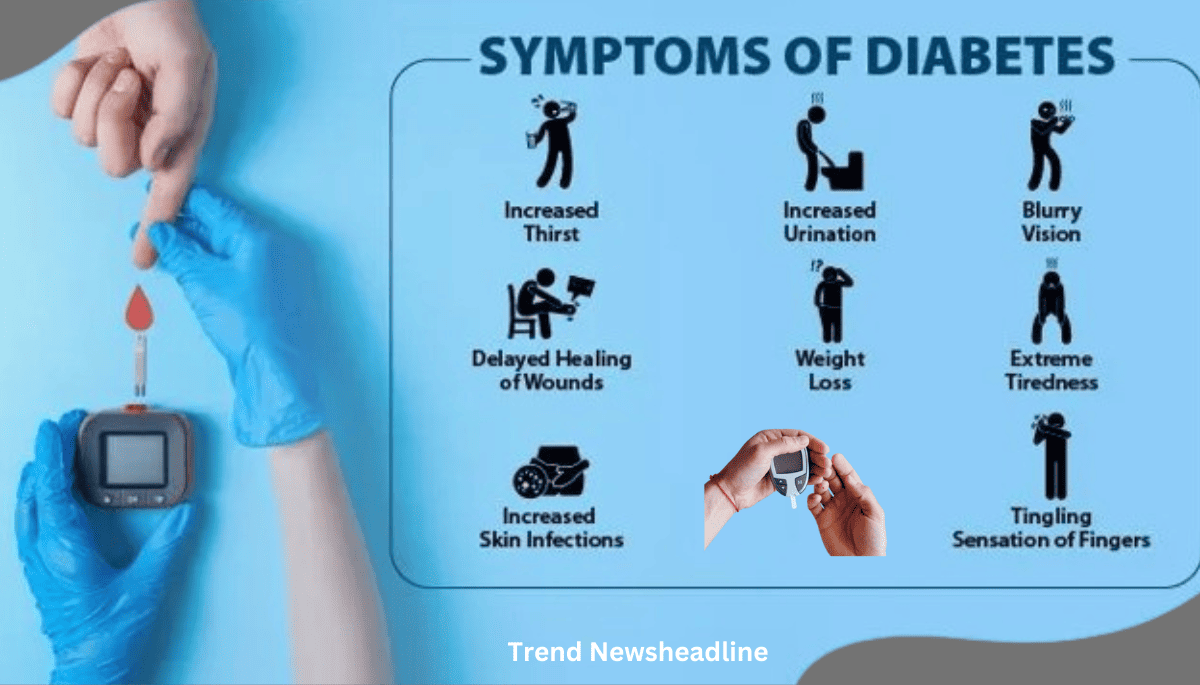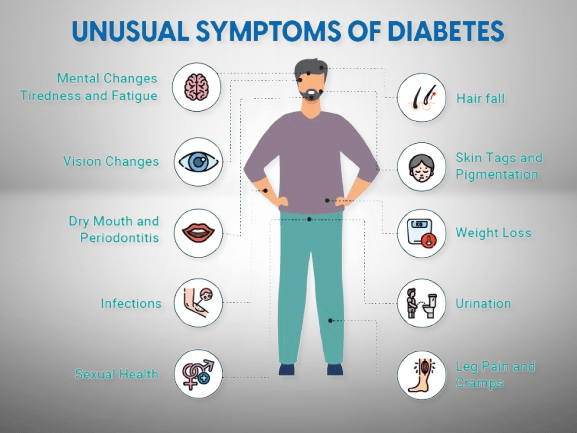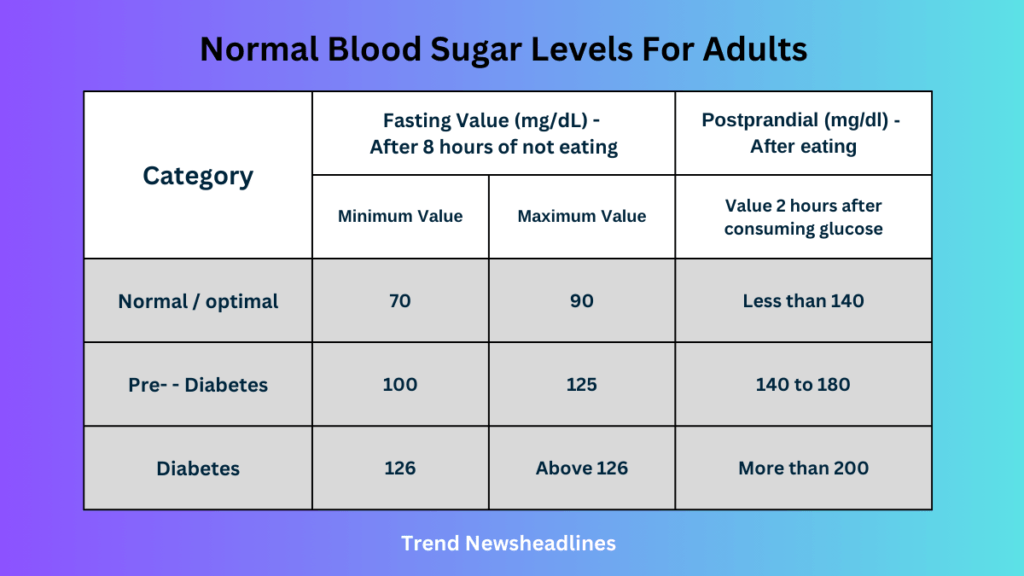Recognizing the Early Symptoms of Diabetes: A Step Towards Better Health. Type 1 and Type 2 Diabetes & Gestational

More than 37 million people in the US have diabetes and one in five of them do not know they have the disease. What are the symptoms of diabetes, and what are the types how does diabetes work and why is it on the rise?
Understanding the symptoms of diabetes is important for early diagnosis and resolution of complications and prevention. About 90-95% of people with diabetes have type 2, where your body does not respond normally to insulin and the pancreas cannot make the insulin needed to keep blood sugar at normal levels. If you notice these symptoms, consult a healthcare professional to confirm the diagnosis and begin appropriate treatment.
What is diabetes?
There are two main types of diabetes: Type 1 and Type 2. They’re different conditions but they’re both serious. There are some other rare types of diabetes too. What all types of diabetes have in common is that they cause people to have too much glucose in their blood. But we all need some glucose; it’s what gives us our energy. We get glucose when our bodies break down the carbohydrates that we eat or drink and that glucose is released into our blood. We also need a hormone called insulin. it’s made by our pancreas and it’s insulin that allows the glucose in our blood to enter our cells and fuel our bodies.
Early Symptoms of Diabetes
Diabetes is a chronic health condition that affects how your body turns food into energy. Your body breaks down most of the food you eat into sugar, also known as glucose, and releases it into your bloodstream. Glucose is an important source of energy for the cells that make up the body’s muscles and tissues, and it’s the brain’s main source of fuel.

Symptoms of diabetes are also seen when your blood sugar rises, it signals your pancreas to release the hormone insulin. Think of insulin as the key that opens the doors to cells in your body. Without enough insulin, glucose can’t get into your cells and instead gets stored in your blood. High blood sugar or hypertension, also known as hyperglycemia, can cause vomiting, excessive hunger and thirst, a fast heartbeat, vision problems, and other symptoms. With diabetes, your body either doesn’t make enough insulin or doesn’t use as much of it as it should.
Types of Diabetes Type 1 and Type 2 & Gestational
There are three main types of diabetes: Type 1, Type 2, and Gestational. Type 1 is usually diagnosed in children, teens, and young adults, and is thought to be caused by the body attacking its insulin, making beta cells in the pancreas by mistake, otherwise known as an autoimmune reaction. About 90-95% of people with diabetes have Type 2, where your body doesn’t respond normally to insulin and the pancreas can’t keep up making the insulin needed to keep blood sugar at normal levels.
Gestational diabetes develops in pregnant women who have never had the disease. it usually goes away after the baby is born, but half of all women who had gestational diabetes developed type 2 diabetes later. Some symptoms of diabetes include feeling more thirsty than usual, urinating often, and blurry vision. In the last 20 years, the number of adults diagnosed with diabetes has more than doubled.
What is a Diabetes Normal Range Glucose Level?
Diabetes normal range glucose level First off, to test a fasting blood glucose level you should have not had anything to eat or drink that contains a calorie within the last 12 hours. After 12 hours you can test your blood glucose levels and over 100 is considered abnormal. Prediabetic ranges are 100 to 126 and anything over 126 is considered diabetes.
Maintaining normal blood glucose levels is essential for overall health, especially for individuals with diabetes. Blood glucose levels indicate the concentration of sugar in the bloodstream, and keeping them within the normal range helps prevent complications.
For non-diabetic individuals, normal fasting blood sugar levels are typically between 70 and 99 mg/dL. After eating, postprandial (two hours after a meal) blood sugar should remain under 140 mg/dL.
For those with diabetes, target ranges may vary based on individual health conditions, but generally:
- Fasting glucose levels: 80 to 130 mg/dL.
- Postprandial levels: Below 180 mg/dL two hours after meals.
- HbA1c (average blood sugar over three months): Below 7%.
Diabetics must monitor glucose levels regularly, as high levels (hyperglycemia) can lead to complications like nerve damage, kidney disease, and vision loss. Conversely, low blood sugar (hypoglycemia) can cause dizziness, confusion, and fainting.
Knowing what’s a diabetes normal range glucose level empowers individuals to manage their condition effectively. Regular monitoring, healthy eating, exercise, and medication can help maintain glucose within the recommended range, promoting long-term health.

Diabetes How Does It Affect the Body?
Diabetes impacts the body by disrupting blood sugar regulation, leading to a range of complications. High blood sugar (hyperglycemia) damages blood vessels, nerves, and organs over time. It weakens immunity, making individuals more susceptible to infections. Poor circulation slows wound healing, while nerve damage causes tingling or numbness in extremities.
Why Do These Symptoms Occur?
The diabetes results from the body’s inability to regulate blood sugar levels effectively. Here’s a closer look at why these symptoms develop:
- Frequent urination and thirst are caused by the kidneys’ attempt to expel excess glucose, leading to dehydration.
- Weight loss and fatigue occur because the body is forced to use alternative energy sources like fat and muscle when glucose is unavailable.
- Blurry vision and slow-healing wounds are consequences of high glucose levels damaging blood vessels and impeding circulation.
Conclusion
Understanding what are the symptoms of diabetes is the first step toward managing this chronic condition effectively. Symptoms like frequent urination, increased thirst, fatigue, and blurry vision should never be ignored, as they may indicate underlying issues with blood sugar regulation.
By identifying these signs early and consulting a healthcare professional, individuals can take control of their health and minimize the impact of diabetes on their lives. With proper management, including medication, lifestyle changes, and regular monitoring, living a healthy and fulfilling life with diabetes is entirely possible.


